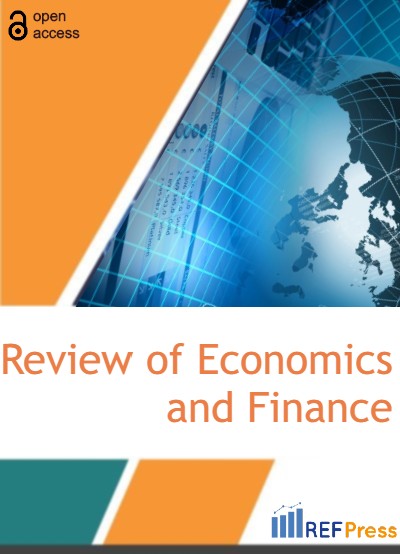
Gender Disparities in Post-COVID-19 Economic Recovery: A Case Study of Working Women in Northern Bangladesh
(Pages 515-522)Rawnaq Ara Parvin1, Md. Faisal-E-Alam2, Shohreh Parham3, Bablu Kumar Dhar4,* and Selim Ahmed5
1Department of Sociology, Varendra University, Rajshahi-6204, Bangladesh.
2Department of Management Studies, Begum Rokeya University, Rangpur-5404, Bangladesh.
3Amsterdam School of International Business, Amsterdam, the Netherlands.
4Business Administration Division, Mahidol University International College, Mahidol University, Salaya, 73170, Thailand.
5Department of Business Administration, World University of Bangladesh, Uttara, Dhaka, 1230, Bangladesh.
DOI: https://doi.org/10.55365/1923.x2024.22.54
Abstract:
This paper examines the changing perceptions of work-life balance among working women during the COVID-19 lockdown in Chapainawabgonj and Rajshahi City Corporation, Bangladesh. The disruptions in the labor market have undermined the strides made in women’s empowerment over the past century. Women are experiencing exacerbated inequalities in accessing resources, services, and safety. A notable surge in undervalued and underpaid domestic work has restricted their performance to levels below reasonable expectations. Alongside concerns about the future, existing workloads, and frustrations, these factors have heightened mental stress and exacerbated health issues. Consequently, our study aimed to explore the working conditions and work-life balance of women, focusing on gendered perspectives while considering demographic variables such as age, marital status, educational attainment, salary, and incentives within their respective sectors. Employing a mixed-methods research approach, we collected data from a sample of 58 respondents in Chapai Nawabgonj and Rajshahi. Data collection involved purposive snowball sampling and nethnography (utilizing Google Forms and Messenger), with in-depth interviews as the pri mary instrument. The findings indicate a predominant age group of 26-35 years (60.34%) among the respondents, with 62.06% being married, and approximately 73% holding postgraduate qualifications. The study concludes that the work capacity of women is significantly influenced by age, marital status, educational level, and job security. The paper emphasizes the pressing need for intervention, advocating for tailored packages and incentives to support the affected female labor force.
Keywords:
Covid-19, Lockdown, Gender lens, Working Women.
How to Cite:
Rawnaq Ara Parvin, Md. Faisal-E-Alam, Shohreh Parham, Bablu Kumar Dhar and Selim Ahmed. Gender Disparities in Post-COVID-19 Economic Recovery: A Case Study of Working Women in Northern Bangladesh. [ref]: vol.22.2024. available at: https://refpress.org/ref-vol22-a54/
Licensee REF Press This is an open access article licensed under the terms of the Creative Commons Attribution Non-Commercial License (http://creativecommons.org/licenses/by-nc/3.0/) which permits unrestricted, non-commercial use, distribution and reproduction in any medium, provided the work is properly cited.
